Using Sources
It is important to use a wide range of sources such as pictures, artefacts, music and sights. Children will use these to build up their enquiry thought and processes and to build up their understanding of past.
Sort by:
Date (Newest first) | Title A-Z
Show:
All |
Articles |
Podcasts |
Multipage Articles
-

What can you do with an old postcard?
ArticleClick to view -

Making the children work for the information!
ArticleClick to view -
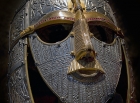
A trail of garnet and gold: Sri Lanka to Anglo-Saxon England
ArticleClick to view -

‘Not again!’ - an additional viewpoint on using railways
ArticleClick to view -

Pull-out Posters: Primary History 75
ArticleClick to view -

Learning about the past through toys and games
ArticleClick to view -

Studying the Maya
ArticleClick to view -
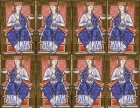
Anglo-Saxon Women
ArticleClick to view -
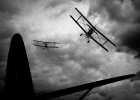
Teaching the First World War in the primary school
ArticleClick to view -

Using the back cover image: Mummified cat
ArticleClick to view -

What made Cleopatra so special?
ArticleClick to view -
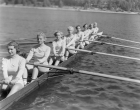
Celebrate your sporting heritage
ArticleClick to view -

Using shoes as an historical source
ArticleClick to view -

Teaching history and geography together in a meaningful way
ArticleClick to view -

Using Horrible History to develop primary literacy and history
ArticleClick to view -
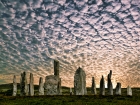
The Stone Age conundrum
ArticleClick to view -

Using original sources
ArticleClick to view -

So was everyone an ancient Egyptian?
ArticleClick to view -
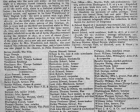
What can you do with a Victorian Trade Directory…?
ArticleClick to view -
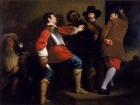
Resourcing primary history: How to avoid going for any old thing
ArticleClick to view

